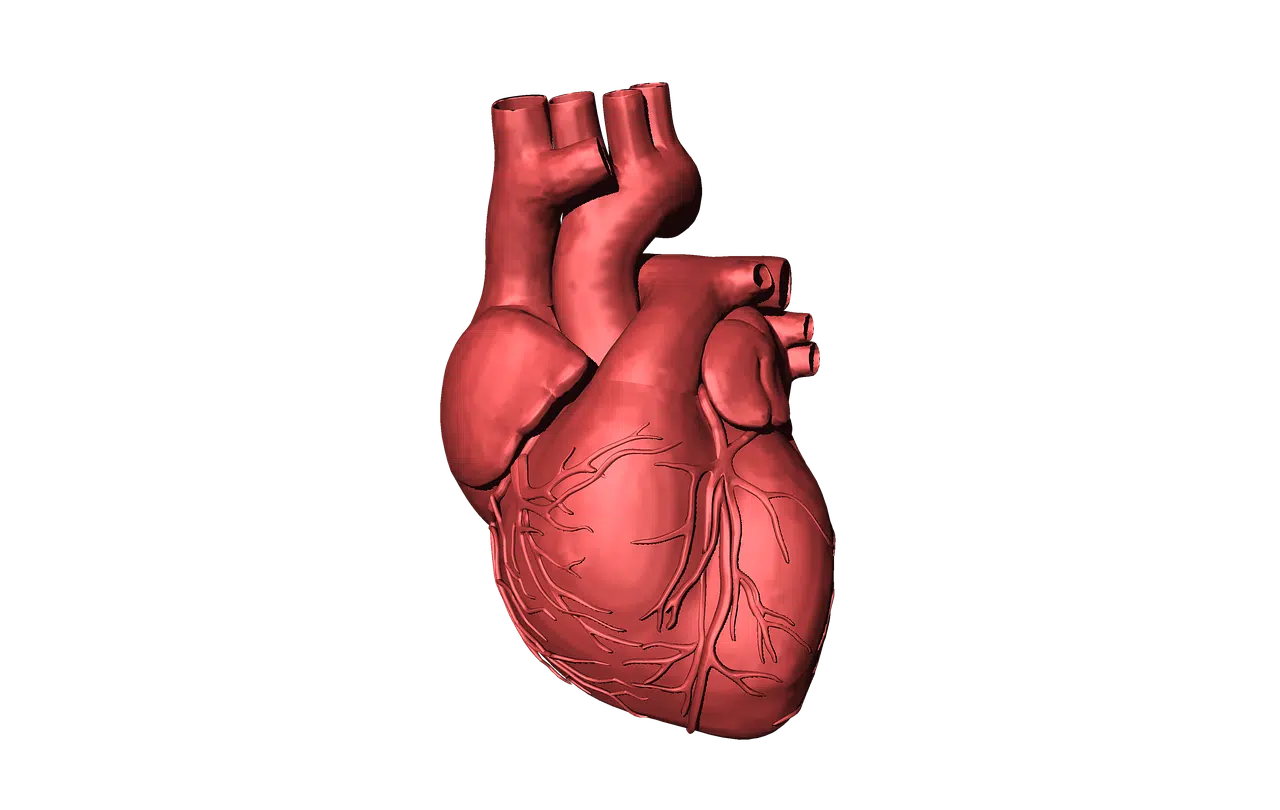
Preload is the volume of blood that allows the left ventricle of the heart to distend before contraction.
Preload is a term that is not part of the dictionary of the Royal Spanish Academy (RAE) . The concept, however, is frequently used in the field of medicine with reference to the work performed by the heart .
The volume of blood that is responsible for distending the left ventricle of the organ before contraction occurs is known as preload. This volume is the one recorded when the filling of the ventricle is complete.
What is preload
Preload, therefore, is the pressure that causes distension of the ventricle when filling is complete and the corresponding contraction takes place. In theory, preload consists of the first stretching of the cardiac muscle fiber : since it is impossible to measure this at the moment it occurs, certain estimated calculations are used.
The pressure exerted by the blood as it circulates through the body , its greater or lesser speed in returning and the blood volume affect the preload, which is also linked to the end diastolic volume of the ventricle (a greater volume will imply a greater preload). When you perform physical activity or increase blood volume, preload also increases.

Various factors can alter preload.
Possible disorders
On many occasions, medical professionals find themselves in the need to care for patients who arrive at the hospital with altered preload, which is measured using what is known as a Swan Ganz catheter .
In this sense, it is important that they are clear that there are a series of factors that cause the preload to be increased, compared to what would be the normal parameters. Specifically, three may be the main causes of these circumstances:
- That the person suffers from congestive heart failure.
- That there is vasoconstriction. This can be caused by hypothermia, exogenous sympathetic stimulation or endogenous sympathetic stimulation.
- Therefore it is called hypervolemia. This in turn is caused by two fundamental circumstances: oligoanuric renal failure or volume overload.
On the other hand, we have to be clear that preload can also be decreased for reasons such as those shown below:
- The person in question has tachycardia, which exceeds 120 beats per minute.
- The individual is suffering from what is called hypovolemia. This can be caused, in turn, by different factors such as diarrhea, bleeding, dehydration, excessive intake of diuretics or even vomiting.
- A vasodilation. This can be related to several factors, the most common being a case of sepsis and even what is called anaphylaxis.
It can be said, in short, that preload is responsible for distending the heart before its contraction occurs, based on the pressure supported by the wall of the ventricle at the end of diastole. Preload is directly proportional to radius and pressure; On the other hand, it is inversely proportional to the thickness of the ventricular wall.
